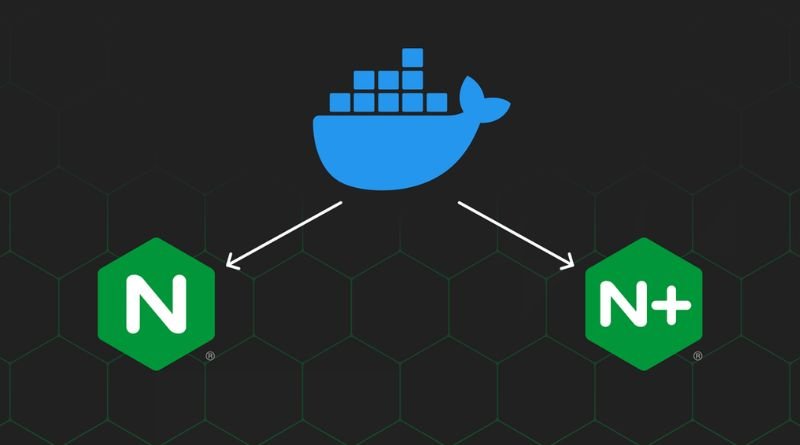How to create a Docker image and upload it to Docker Hub

In this guide I’ll explain how to create and upload your first Docker image to Docker Hub. So, let’s get started! The first thing you’ll need is a Github account if you don’t already have one, then head over to the page where you want to create the repository, click New Repository, give it any name and press Create repository. Once the repository is created, it’s time to add the Dockerfile that will define what image we are going to build and publish on Docker Hub.
Build your own Dockerfile
Dockerfiles are basically a set of instructions that are used to build a Docker image. In order to build your own Dockerfile, you’ll first need to install Docker on your machine. Then, create a text file called Dockerfile in your project’s root directory. The contents of the file should look something like this: FROM debian RUN apt-get update && apt-get -y upgrade RUN apt-get -y install git curl ENV HOME /root USER root WORKDIR /root ADD . /root RUN chown -R $USER . && chmod 755 . CMD After creating the Dockerfile, you can use docker build to generate an image from these instructions. You can also use docker run to launch an interactive shell inside the container created by your new image with docker run -it myimage.
Build the Image
In order to build a Docker image, you’ll first need to have Docker installed on your computer. Then, you’ll need to create a file called Dockerfile in the directory that you want to build the image in. This file will contain the instructions for building the image. For example, if we wanted to base our image off of CentOS 7, we would use the following code:
FROM centos:7 MAINTAINER Your Name ENV NAME=The name of the Image GOOS=linux GOARCH=amd64 RUN yum -y update && yum clean all && rm -rf /var/cache/yum/* ADD . /src CMD If you are using an editor other than nano or vim, please be sure to save this file as UTF-8 without BOM. Now that we’ve created the Dockerfile for our image, let’s go ahead and build it by running this command: docker build -t {image_name}:{tag} –rm=true {path_to_dockerfile} When prompted with Are you sure? type Y (without quotes) to confirm that you want to continue building the image.
Login to Docker Hub
In order to login to Docker Hub, you must first have a Docker ID. You can create one by going to the website and clicking on the Create a Docker ID link. Once you have created an account, you can login by entering your username and password. Next, click on Create New Repository in the top right corner of the page. Then name your repository, select where you want to store it (either as a public or private repository), enter a description of what this repository is for, and click Create Repository at the bottom of the page. Now that you have created your repository, you are ready to push your images.
Login to GitHub: If you do not already have a GitHub account, go ahead and sign up for one now. After signing up, make sure that you are logged into GitHub with the same email address that is linked with your Docker Hub account. Click on Settings from the top bar, then navigate down until you see Developer Settings > Personal Access Tokens > Generate New Token.
Publish the Image
Docker Hub is a cloud-based repository in which you can push and pull container images. In order to push a Docker image to Docker Hub, you must first create an account and then log in. Once logged in, navigate to the ‘Create’ button on the top left corner of the page and choose ‘Docker Image’.
When prompted for what type of image you would like to create, choose ‘Dockerfile’. You will be asked to provide a name for your new image.
In this step, enter your username as the ‘Author’, your email address as the ‘Owner’, and a description of your project if desired.






